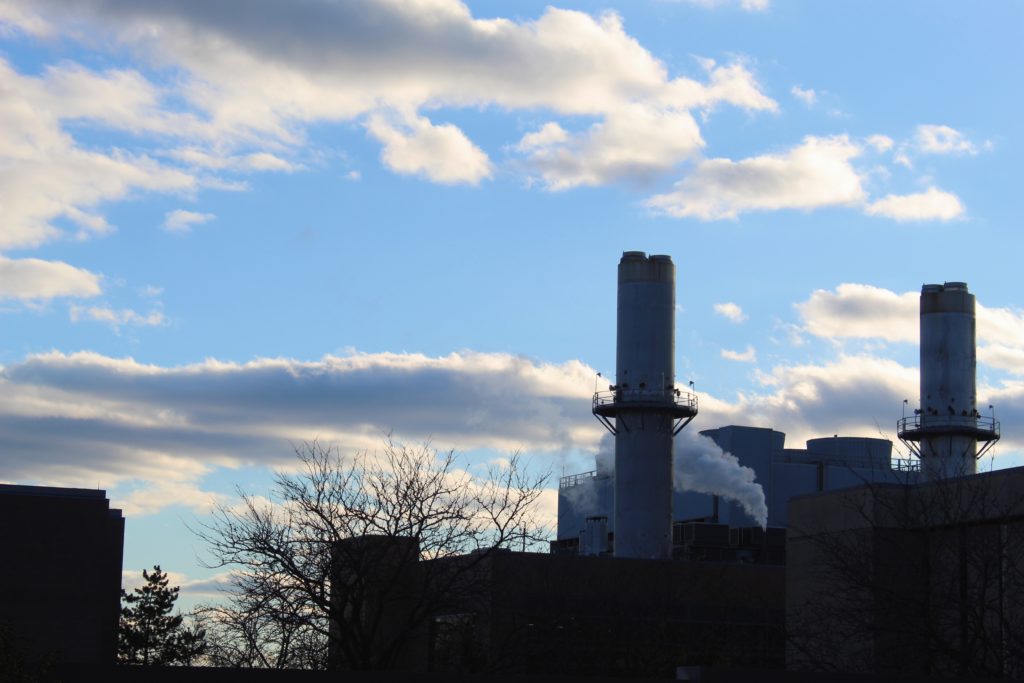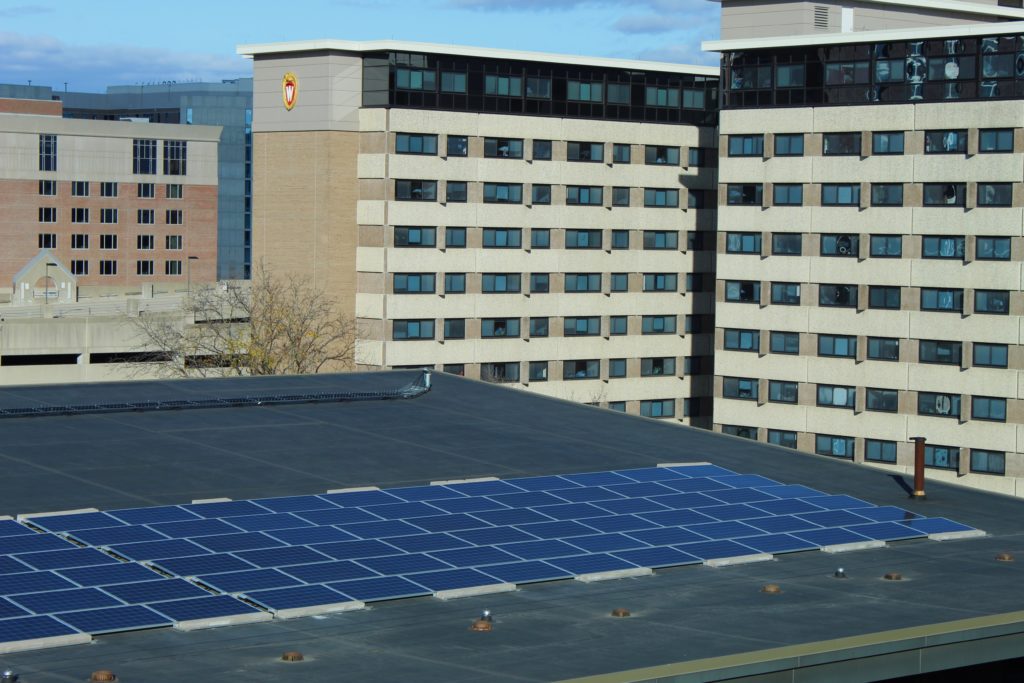
The power grid is a network connection responsible for providing power from big power stations to homes. Within the grid, power generation and load must be balanced to maintain reliable grid operation on time scales of milliseconds to seconds. As we are adding more renewable energy sources, power generation becomes variable due to uncontrollable natural factors, such as wind speed and sunlight intensity. This jeopardizes stability of the power grid and could cause the grid to fail and result in a massive blackout.

Professor Dominic Gross was among the first researchers to work on stability of power systems on the scale of milliseconds to seconds with massive integration of renewables and power electronics at ETH Zurich. He joined the department of electrical and computer engineering at UW-Madison to continue that research in the United States. The Department of Energy recently funded the UNIFI (Universal Interoperability for Grid-Forming Inverters) consortium in which Gross leads control research with 25 million dollars to evaluate and design grid-forming technologies at scale that address this problem. The consortium has experts from four national laboratories, twelve universities, and several multinational companies.
Gross explains that the current grid is “built around the properties of conventional methods of electricity generation”. Currently, grid-following inverters are used to interface renewables and do not contribute to balancing load and generation. This means we are not yet able to fully harness the advantages of renewable methods of electricity. Gross is helping develop and implement a new concept, the grid-forming inverter, which will provide the grid with more independence from big power stations and some level of autonomy.
Professor Robert H Lasseter, an emeritus professor in the department of electrical engineering at UW-Madison, was among the first to propose the idea of a flexible, autonomous microgrid. Lasseter is also part of the consortium as a member on the advisory board. “This consortium has brought the whole power industry into a focus on grid-forming inverters,” says Lasseter.
Unlike grid-following inverters, grid-forming inverters autonomously balance the power system and provide grid support independently of conventional power stations. This characteristic is especially useful when dealing with energy sources like solar and wind that fluctuate. These fluctuations cause the power grid to be relatively unstable, as it needs to regulate power load and generation at very small-time intervals.

Deepak Divan, who was a professor in the department of electrical engineering at UW-Madison back in 1994, was among the first researchers to publish on the topic of grid-forming inverters, but the concept did not gain traction until the problem of decreased grid stability due to renewable integration became apparent in recent years. Grid-following inverters have been in use in power systems for decades. Lasseter has been pushing for more focus on grid-forming inverters for the past ten years, and this Department of Energy contract is a step in that direction. Right now, utilities are hesitant to explore changing the status quo because integration of grid-forming technologies into large-scale power systems and interoperability with existing equipment and paradigms has not received sufficient attention. Gross’s consortium works towards removing that hesitancy.
Initially, the consortium will focus on how interoperability of grid-forming inverters can be ensured and seamless integration with prevailing operating practices can be achieved. Subsequently, the focus will shift to creating a whole new grid ecosystem to leverage the full potential of the grid-forming inverters.
The consortium believes that ultimately, the grid will use a hybrid solution of grid-forming and grid-following technologies to enable reliable and economically efficient operation of future power systems. Lasseter and Gross believe that the concept of big power stations will slowly fade away as renewables take over on the grid and will be replaced by smaller, renewable power stations heavily disrupting the way the power grids are developed. This consortium, and their work, is part of a bigger effort to increase the penetration of renewable energy sources in a power generation world.

Photography by: James Ballard
